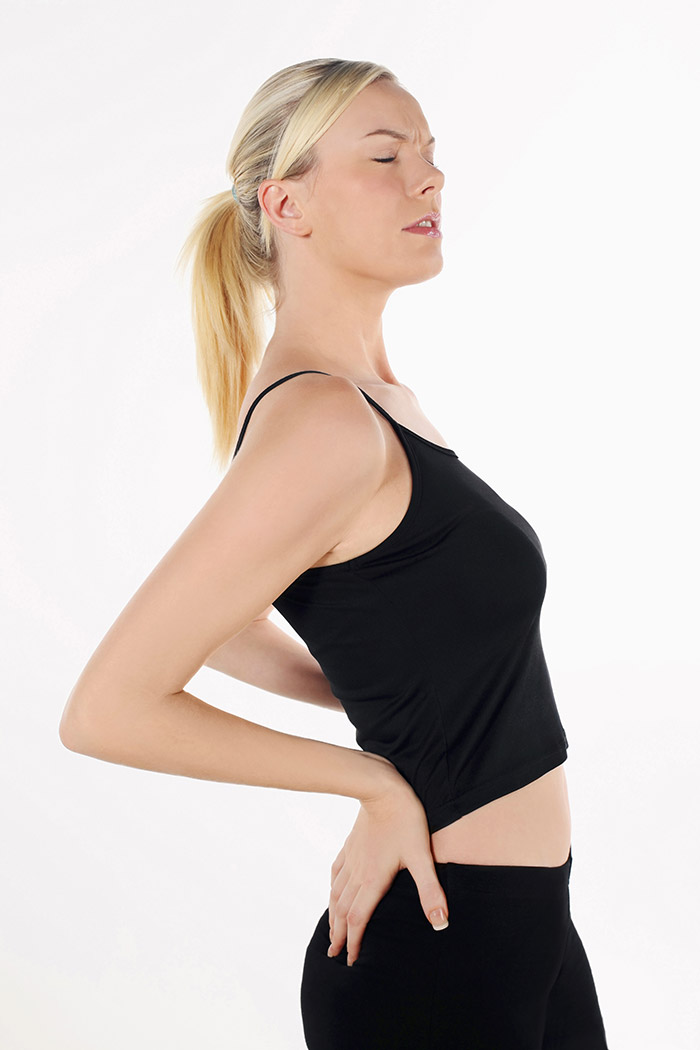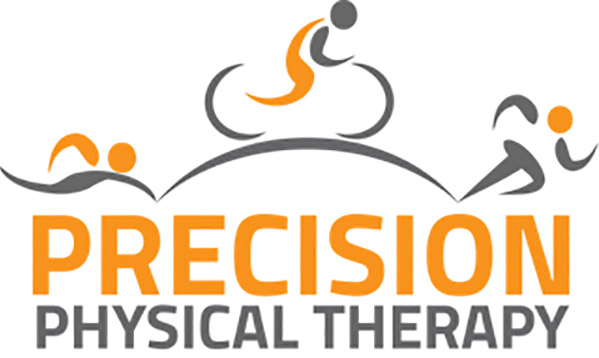
1. Sitting
Sitting, like repeated bending is a common cause of low back pain. Sitting alone is not solely to blame, but the duration and frequency can be. Spending an increased time commuting, at a desk or even at home on the sofa can lead to chronic postural changes, increased strain on the lumbar discs, reduced mobility of the spinal joints, altered breathing patterns, weakness and decreased control over the trunk musculature. These changes can increase your risk for lower back pain and are almost entirely modifiable.
2. Repeated Bending and Twisting
Bending historically gets a bad reputation and is often justified. The spine is a very resilient structure and is designed with withstand a great deal of bending, force and mobility. However, the majority of the spines strength is not from the spine itself but rather the muscles, fascia, ligaments and internal pressures surrounding the spine. The support structures are often times weak, inflexible and stiff due to the imbalance of posture, lifestyle and overall health. Addressing these concerns along with education often negate or improve the effects of repeated bending.
3. Pregnancy
Whether an individual is pregnant or postpartum (can be years later) women are at an increased risk for hip, pelvic, and lumbar dysfunction and pain. The body undergoes a multitude of changes including distended abdominal musculature, hormonal changes that cause ligamentous laxity, pelvic floor weakness, altered diaphragmatic breathing patterns, decreased muscular control, altered postures and generalized weakness. Diet, lifestyle and posture (nursing, lifting/carrying children) are often contributing factors that compound these physical changes.
4. The Past
Often times individuals look to present circumstances for the root cause of low back pain. However, considering past medical history is imperative. Those who have had abdominal, back, or leg injury or surgery are at a higher risk of low back pain due to lingering weaknesses and lack of true recovery postoperatively. Chronic illnesses, chronic pain conditions, long term steroid or narcotic use, history of contact sports, history of smoking, dietary concerns and a sedentary lifestyle should also be considered.
5. Shoes
Footwear is a controversial topic but has been shown to affect mobility, balance, performance and varying degrees of stress on the joints of the lower body. No one shoe type is unequivocally harmful. The issue comes when a type of shoe is worn in repeatedly without varying that shoe type. Individuals that wear higher heels, including work boots with a heel, puts the ankle in a plantar flexed (toe pointed down/heel up) position. As a result the knee, hip and lower back are put in a greater extension stress and overtime can cause strains and pain. Athletic shoes can be even more controversial…stiff midfoot, flexible midfoot, minimalist, variable lacing strategies. The bottom line is individualized strengthening, mobility, muscle control and varying your footwear.
6. Diet and Hydration
This list includes physical risk factors that can be self modified or improved with the assistance of a Physical Therapist or medical/health professional. However, diet and hydration play a major role in low back pain as well as other types of pain. Diet is still being researched with new findings at every turn. Certain foods seem to affect the masses in regards to inflammation of the gut and body. Sugar, preservatives, additives, processed foods etc. can have this effect and seeing a dietitian, physician specializing in inflammatory processes or an allergist may help identify individual concerns. Hydration is key, arguably more than diet due to its direct effect on joint fluid which is responsible for the lubrication, nutrition, and overall health of a joint. So as long as you don’t have any known condition prohibiting hydrating, drink up… coffee, tea, and sugary drinks don’t count!
Good News About Back Pain
Nearly all back pain can be improved. Physical activity, exercise, and Physical Therapy have been shown to reduce low back pain and often times delay or negate the need for surgical intervention or injections. Physical Therapist can provide treatment to reduce complaints of pain, but more importantly they can educate on prevention, exercises and techniques that can allow individuals to treat themselves to reduce and maintain improved mobility and pain. Certain types of pain should not be ignored: pain that wakes you out of sleep, back pain that is accompanied by numbness or tingling, back pain that is constant and doesn’t change with position, changes in balance, bowel or bladder. A Physical Therapist, and other trusted medical professionals can assist not only in identifying potential issues but can also educate and relieve any fears and help return to activity and pain free living.

For more information please feel free to contact Miranda Henry at Precision Physical Therapy.
